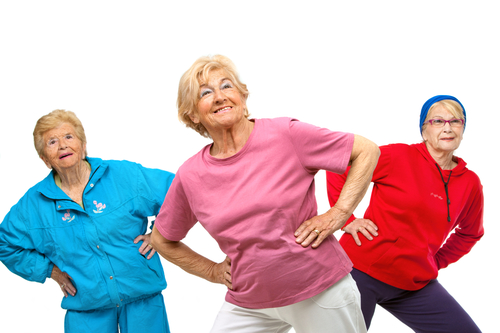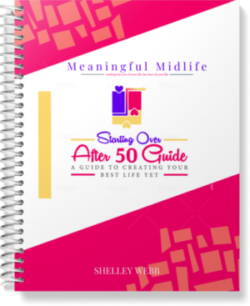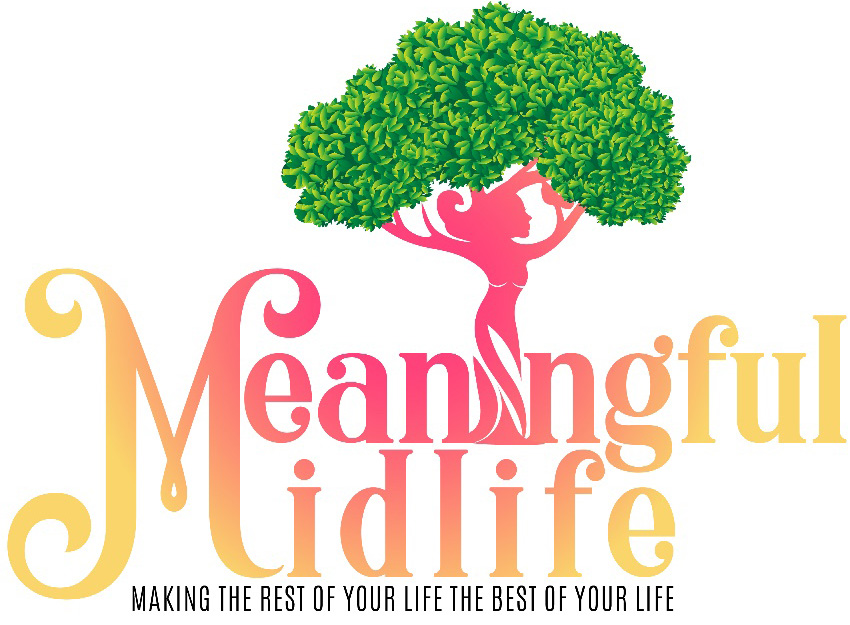
Did you hear Marge fell and broke her hip? Well, that’s common place as 1/3 of people age 65 or older experience a hard fall due to loss of balance (nihseniorhealth.gov). These falls can and often lead to serious injury and death. Many factors can contribute to balance and proprioception problems. These factors include but are not limited to: aging, de-conditioning, arthritis, inner ear issues, vision, medications and medical conditions such as a stroke, Parkinson’s, brain and spine Injuries.
To work on improving your balance as you age or after a lower extremity injury there are a few basic but effective exercises that can be done right out of your own home. These basic but effective balance exercises can be performed to see and feel a noticeable improvement. Obviously, every condition and individual is different, but these are geared more toward the elderly individual that is a bit de-conditioned but in otherwise good health.
Weight Shifts are a great place to start your foundation. Stand with your feet shoulder-width apart and weight evenly distributed on each foot. Shift your weight to the right and lift your left foot barely off the floor. Try to hold the position as tolerated up to 30 seconds and even reps on each leg.
Standing Leg Balance- Begin barefoot while standing tall and holding on lightly (enough to stabilize yourself with your hands) to the back of a chair. I like barefoot as it really helps to work all the muscles of your ankle and foot and gets your toes, especially your great toe, involved. Get your posture as tall as possible by tightening your abdominals and pulling your shoulders back. It is important to have nice upright posture with eyes forward and not stare at your feet or floor below as that’s where our body will tend to follow. As you begin to gently lift one leg off the floor by flexing your knee, you will want to have a slight bend in your balance or base leg so as to not lock your knee. Once you feel solid with this you can close your eyes and challenge yourself to the next level.
Single Leg Balance with gentle hip flexion/extension- This is a great postural exercise. Same as above, but add a slight dynamic component of movement with non-stance leg by bringing your leg up in a half marching fashion and then back behind without leaning forward or arching your back. Depending on level of control perform these holding on to chair in front of you or for more advanced balance remove stability component of chair.
Heel Raises (Calf Raises)- Stand with feet shoulder width apart and underneath your shoulders. Raise up on your toes/ balls of your feet lifting both heels up off the floor and lowering them back down. This will help to strengthen the gastrocnemius (calf muscles) of the lower leg. See the video below for an example.
Shallow Dips- Using a chair or equivalent stable object in front of you, perform a shallow dip or squat as if you were going to take a seat but with only a very slight bend in the knees. Feet should remain shoulder width apart, knees over toes and shoulders over your hips with eyes up.
Chair Squats – Progressing from a shallow dip you can move into a squat using the same set up as above (shallow dips) only this time you will turn the chair around and act as if you are going to take a seat. Push your hips back toward the chair while looking straight ahead with eyes up. Arms can be at side to brace yourself in the chair or you can extend them straight in front of you to assist your balance. Sit down in the chair, then squeeze your glutes tight to begin lift from the chair. Extend your legs by tightening the quad muscles to an upright position without locking the knees out completely. You can place a walker in front of you (in a locked position) for added balance, again depending on your condition. To progress this, you can alleviate sitting down in the chair, but rather have the chair there as a marker as to how far down you need to squat and then return. Do not squat past 90º at the knee to avoid knee pain.
These are just a few helpful tips on improving balance and your proprioception within the confines of your own home.
Guest article contributor, Shawn J Hickling is the founder of ActiveWrap Inc. He worked as a sports and orthopedic PTA and an Aquatic Therapy director for over 15 years. He received his BSc in Exercise Physiology
LEARN TO LOVE YOUR LIFE AGAIN
 Do you feel like you need to hit the REFRESH button on your life? Download our free guide and begin to create your best life yet!
Do you feel like you need to hit the REFRESH button on your life? Download our free guide and begin to create your best life yet!



I find interesting how often people neglect a good leg, thigh, and hip workout. We’re on our legs all day, and if you can’t keep up with the daily demand, it can make life so much harder. Thanks for these physical therapy tips, I have been having the hardest time with balance recently, and I thought getting into a good balance practice routine would help.